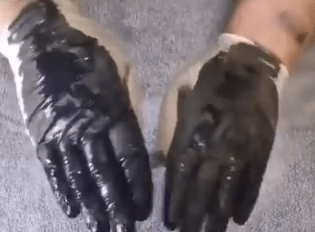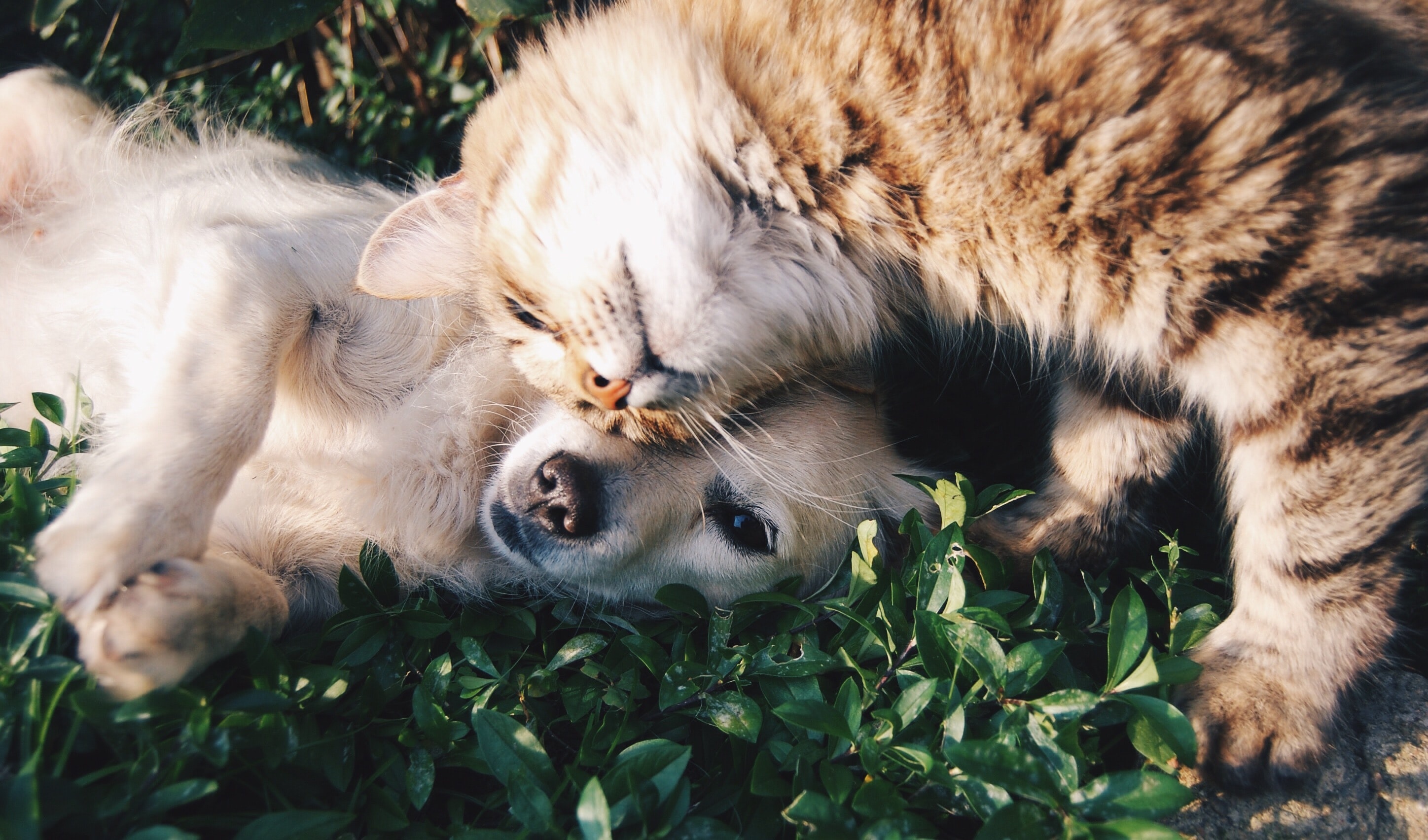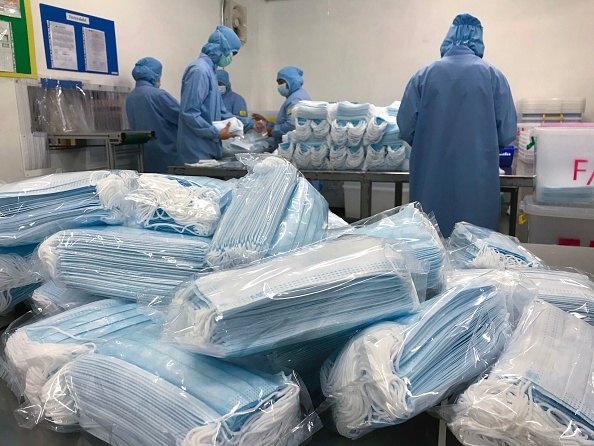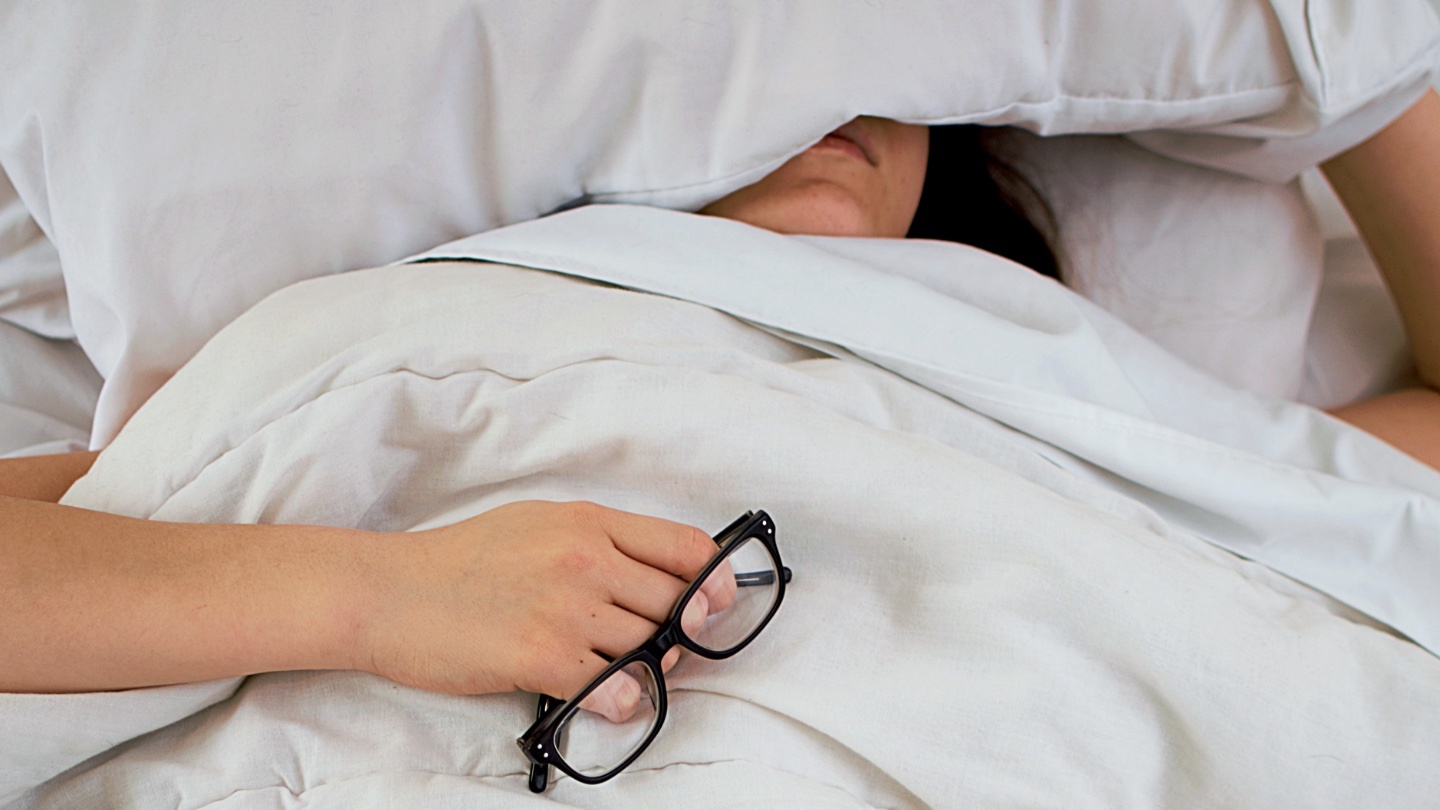Video shows how you may be washing your hands wrong

Harjinder Singh Kukreja
- The video was shared by restaurateur and influencer Harjinder Singh Kukreja.
- It shows how some people might be missing certain parts of the hands while washing.
- The CDC recommends washing your hands with soap and water for at least 20 seconds.
Washing your hands with soap — any kind, not just antibacterial — is arguably the best thing you can do to protect yourself against the novel coronavirus. After all, the virus is able to survive on surfaces like doorknobs or packages for days, meaning you don’t necessarily have to come near an infected person to contract it.
The Centers for Disease Control and Prevention says you should wash your hands with soap and water for at least 20 seconds, “especially after you have been in a public place, or after blowing your nose, coughing, or sneezing.”
Simple enough. But a new video demonstrates how it’s likely that many people are washing their hands incorrectly. Shared by restaurateur and influencer Harjinder Singh Kukreja, the video shows someone applying black paint to their gloves to show how easy it is to miss parts of your hands while washing.
Kukreja demonstrates how to properly clean parts of the hand like the fingertips, fingernails, around the thumb, and around the top of the hands and wrists. The video, viewed more than 17 million times since March 19, seems to have struck a chord.
“This is the best thing yet. 20 seconds is pointless if you keep missing areas,” said one Twitter user. “The fact people dont know how to wash their hands properly truly amazes me,” said another.
So, why is washing your hands with soap and water so effective — even more so than hand sanitizer? The answer has to do with the molecular structure of soap. Soap molecules have two sides: one that’s attracted to water, another to fat. The part of the soap molecule that’s attracted to fat has a feature called a hydrophobic tail. These tails try to escape water and find fats.
Fortunately for us, virus molecules are held together by a layer of fat. So, when soap molecules contact virus molecules, that layer of fat gets ripped apart, destroying the virus.
“They act like crowbars and destabilize the whole system,” Prof. Pall Thordarson, acting head of chemistry at the University of New South Wales, told the New York Times.
It may come as a surprise that soap and water is better at killing viruses than hand sanitizer. One reason is that, even though hand sanitizer may kill certain germs, it doesn’t really wash them away — especially if your hands are dirty or grimy.
“Hand sanitizer may kill viruses and certain bacteria, but it does not ‘clean’ your hands like soap and water do,” Athanasios Melisiotis, a physician with Penn Medicine at the University of Pennsylvania, told Allure. “Sanitizer doesn’t remove actual dirt and debris. Soap kills germs, binds them, and helps physically remove them, with the water, off your skin and down the drain.”
Hand sanitizer in a pinch
Still, hand sanitizer is better than nothing. So, if you’re on the go or without soap, consider using a hand sanitizer that contains at least 60% alcohol. Why? The CDC says:
“Many studies have found that sanitizers with an alcohol concentration between 60–95% are more effective at killing germs than those with a lower alcohol concentration or non-alcohol-based hand sanitizers. Hand sanitizers without 60-95% alcohol 1) may not work equally well for many types of germs; and 2) merely reduce the growth of germs rather than kill them outright.”





